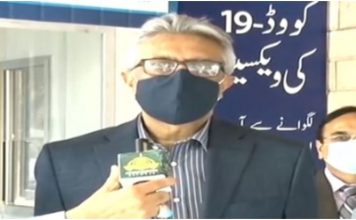Article
Child Molestation And Harassment
By: Zahra Ali
The protection of children from such atrocious acts is not only a moral imperative but also a legal and ethical obligation. Prevention strategies must be multifaceted, involving individuals, communities, and institutions to create a secure environment for children to thrive.
First and foremost, education plays a pivotal role in preventing child molestation and harassment. Comprehensive educational programs that focus on age-appropriate content can empower children with the knowledge and skills to recognize inappropriate behavior and report it.
Furthermore, these programs should emphasize the importance of consent, boundaries, and respectful relationships, fostering a culture of openness and communication.
Parental involvement is paramount in safeguarding children.
Parents need to maintain open lines of communication with their children, creating an atmosphere where children feel comfortable discussing any concerns or uncomfortable situations. Teaching children about personal boundaries and appropriate touch from an early age can contribute to their ability to identify and report inappropriate behavior.
Community engagement is another crucial aspect of prevention. Communities should actively promote a culture of vigilance and support, encouraging residents to look out for each other’s children. Establishing neighborhood watch programs, organizing awareness campaigns, and fostering community bonds can contribute to creating a protective network for children.
Awareness of The United Nations Convention on the Rights of the Child (CRC) of 1989 stands as a seminal document affirming the fundamental rights and protections accorded to children worldwide. Pakistan, recognizing the significance of safeguarding the well-being of its children, ratified the CRC in 1990. Among the various articles enshrined in the convention, Articles 19, 33, 34, and 35 specifically address the imperative to shield children from various forms of abuse, exploitation, and illicit activities.
Institutions, including schools and religious organizations, must implement stringent policies and procedures to ensure the safety of children under their care. Background checks for staff and volunteers, regular training on child protection protocols, and clear reporting mechanisms for suspected abuse are essential components of institutional prevention strategies.
Law enforcement agencies also play a vital role in preventing child molestation. Strict enforcement of existing laws, along with the creation of specialized units focused on child protection, can act as deterrents and ensure swift justice for victims. Collaborative efforts between law enforcement, social services, and advocacy organizations can strengthen the overall response to child molestation cases.
The use of technology in prevention should not be overlooked. Online platforms can be utilized to disseminate information, raise awareness, and provide resources for both parents and children. Additionally, technology can be employed to monitor and report online activities that may indicate potential risks to children’s safety.
Preventing child molestation and harassment requires a holistic and collaborative approach. Education, parental involvement, community engagement, institutional safeguards, and law enforcement efforts must work in tandem to create a protective environment for children. It is a collective responsibility of society to prioritize the safety and well-being of its youngest members, ensuring that they can grow and develop free from the devastating impact of abuse.














